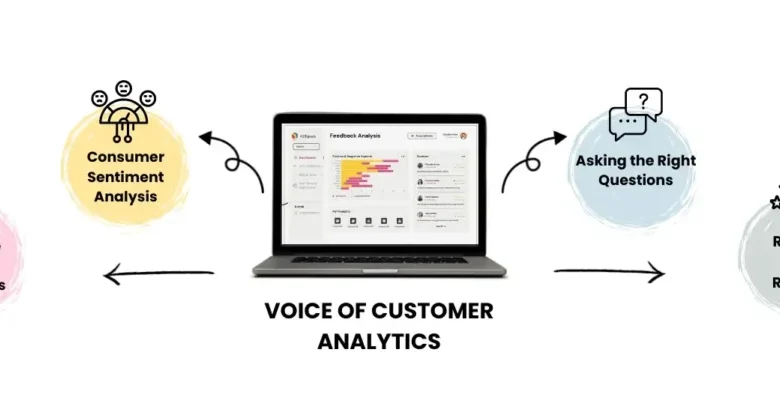What patterns help analyse Amazon seller services reviews effectively?

Amazon seller services review analysis requires systematic pattern recognition, separating authentic experiences from isolated incidents or potentially manipulated testimonials. Effective evaluation involves identifying recurring themes, assessing feedback volume distribution, examining contextual consistency, tracking temporal patterns, and recognising language authenticity markers. These analytical frameworks transform overwhelming review quantities into actionable intelligence. Examining discussions across platforms including threads where sellers explore topics My Amazon Guy Reddit Reviews complaints positive testimonials demonstrates how pattern-based analysis reveals genuine service quality indicators through methodical assessment rather than superficial impression-based evaluation.
Volume distribution matters
Reviewing the quantity across rating levels provides insight into overall satisfaction patterns, where heavily-skewed distributions toward either extreme warrant investigation. Predominantly positive reviews with occasional critical outliers suggest generally satisfying services where most clients achieve reasonable outcomes. Conversely, evenly distributed ratings across the spectrum indicate inconsistent service quality where experiences vary dramatically between clients.
- Rating concentration patterns showing whether most feedback clusters are around specific satisfaction levels
- Review frequency relative to business age, revealing whether testimonial accumulation matches operational duration
- Platform distribution breadth indicating whether feedback appears across multiple independent channels
- Temporal review spacing showing whether testimonials arrive steadily over time versus suspicious clusters
- Category representation balance, demonstrating whether feedback comes from diverse business types
Abnormal volume patterns raise questions worth investigating further, as legitimate successful agencies naturally accumulate substantial, diverse testimonials over time, while newer or problematic providers show sparse or suspicious review distributions. The volume assessment includes checking whether review quantities across different platforms seem reasonably consistent or whether dramatic discrepancies suggest potential manipulation on particular channels. Extremely lopsided distributions where testimonials appear overwhelmingly on controlled platforms but sparsely on independent communities may indicate selective testimonial curation rather than authentic widespread satisfaction.
Timeline analysis methods
Review submission timing patterns reveal whether testimonials represent natural ongoing client feedback accumulation versus potentially coordinated campaigns. Authentic testimonials arrive steadily as clients complete partnerships or reach natural evaluation milestones, creating predictable temporal distributions. Suspicious clustering where numerous reviews appear simultaneously, especially around specific events, suggests potential coordination rather than organic, independent submission. The timeline analysis examines whether review dates correspond to realistic partnership durations, as meaningful testimonials typically emerge months into relationships after sufficient experience accumulates.
- Steady accumulation rates showing consistent testimonial arrival over extended periods
- Milestone timing correlations where reviews appear at natural evaluation moments like renewals
- Seasonal pattern absence indicates reviews arrive year-round rather than suspicious concentrated periods
- Historical consistency checking whether older testimonials remain visible versus suspicious pruning
- Update frequency tracking showing whether clients return, providing progress reports over time
Patterns helping analyse Amazon seller services reviews include consistency revealed through recurring themes, volume distribution assessment examining quantity patterns, context evaluation verifying situational authenticity, timeline analysis tracking temporal distributions, and language authenticity checking writing style variations. These systematic analytical approaches transform review reading from passive consumption into active intelligence gathering. Sellers applying pattern-based analysis make better-informed evaluations, distinguishing genuine quality indicators from potentially misleading isolated accounts or suspicious testimonial patterns that careful examination reveals as questionable, enabling confident decisions grounded in verified, authentic community experiences rather than superficial impressions from uncritically accepted testimonials.




